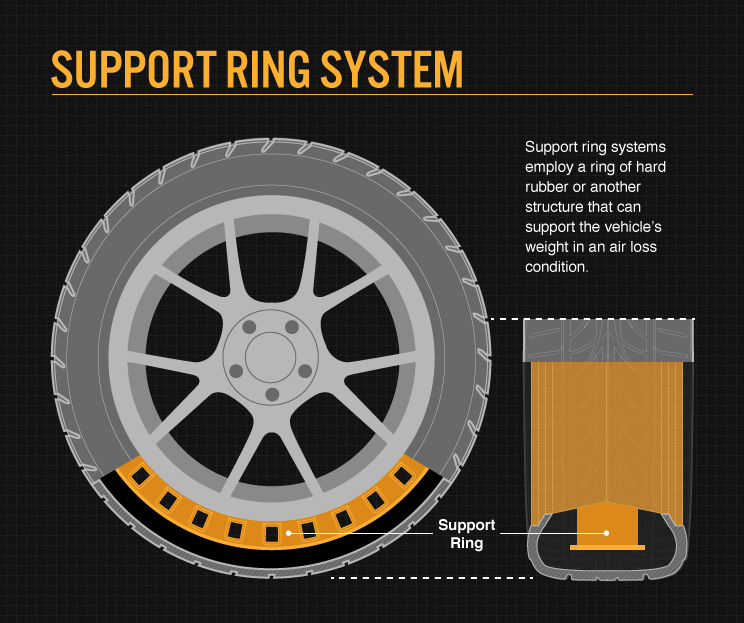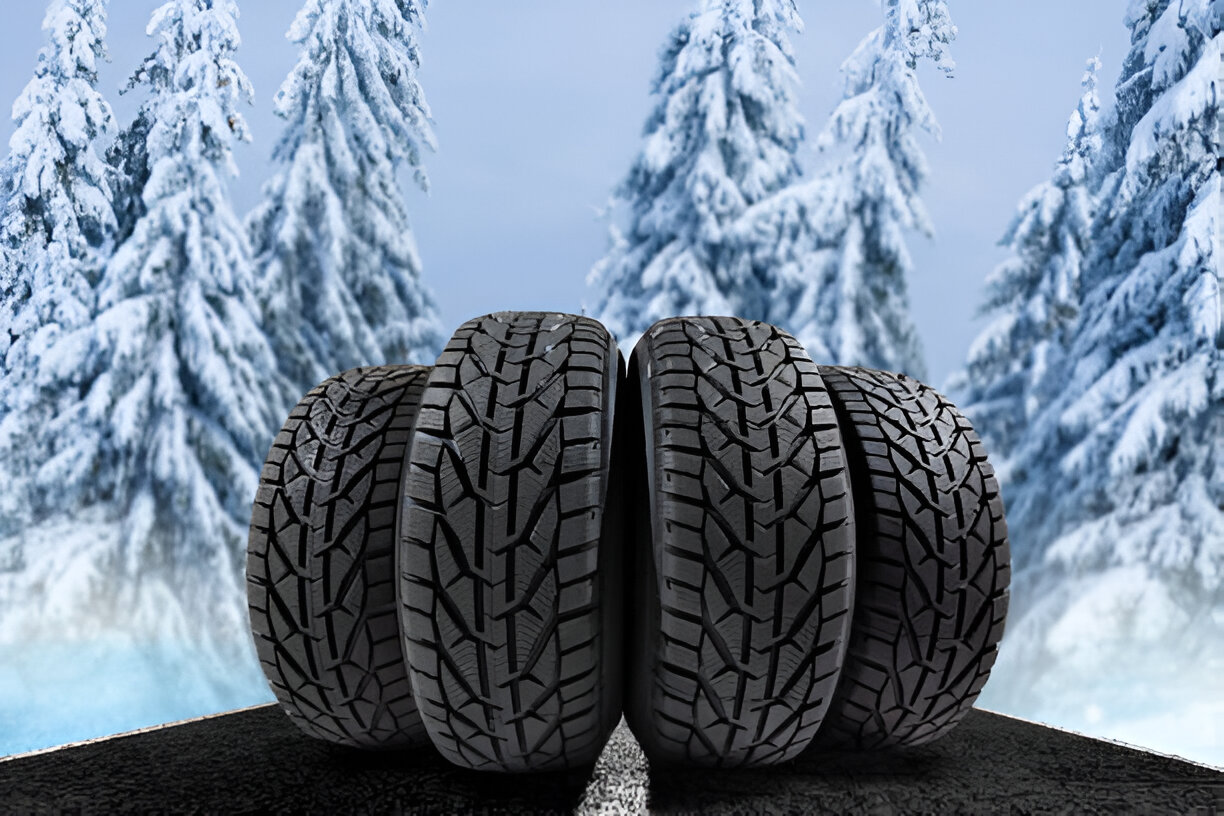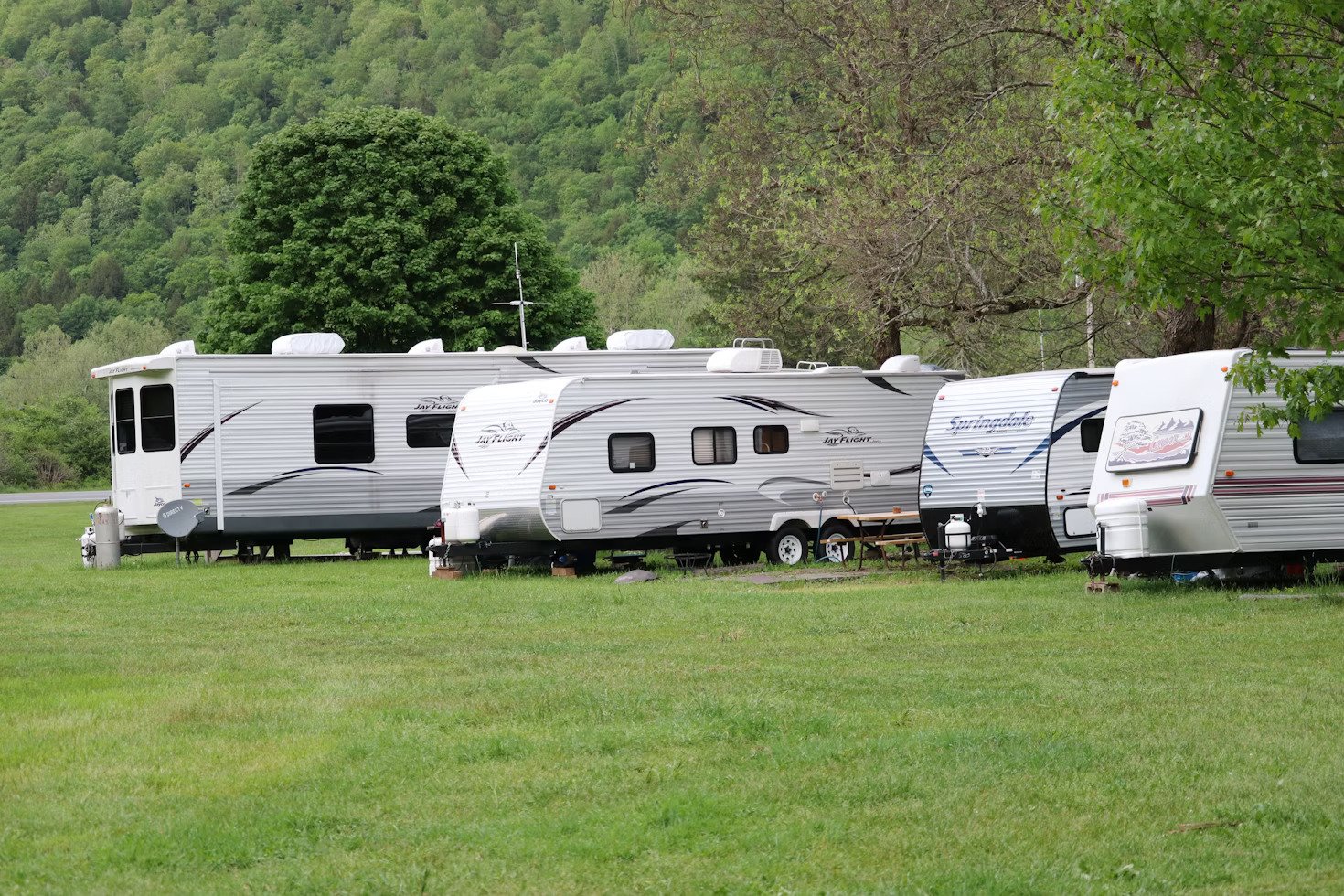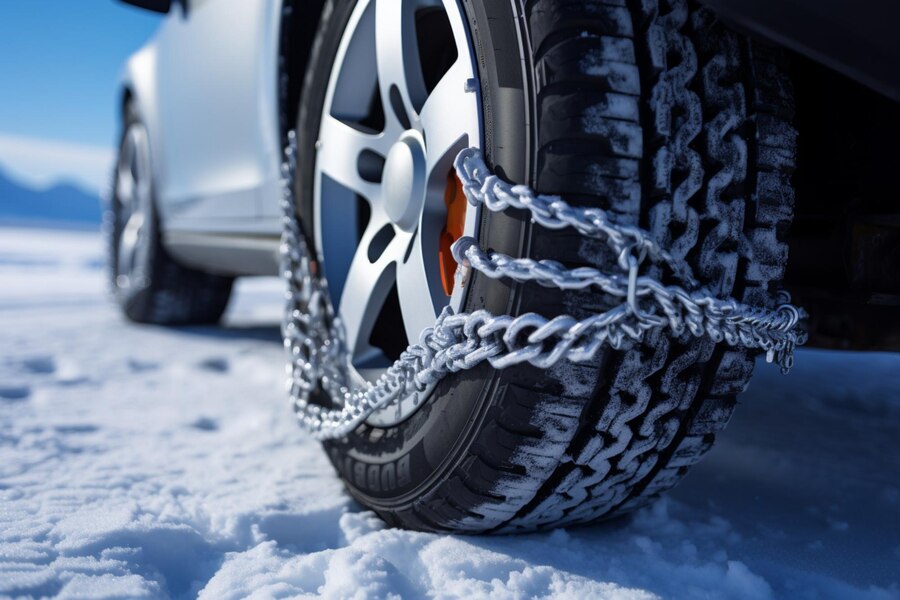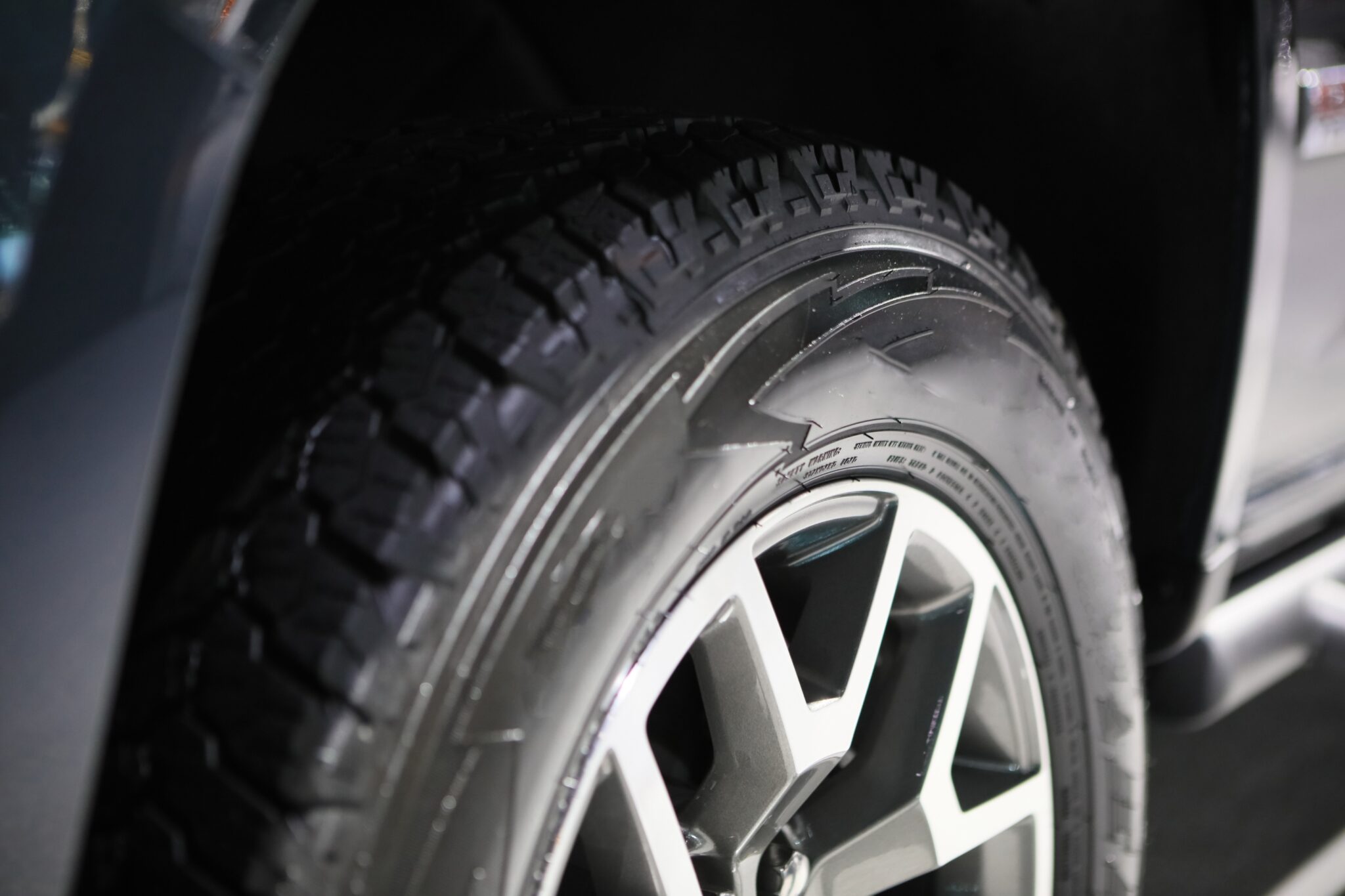Last Updated on August 2, 2025
Winter Driving Dilemma: Run-Flat Tires or Standard Tires
We have already explained what winter (snow) tires are and why they are the first and most crucial part of winter equipment. With specific rubber compounds that remain flexible even in the lowest temperatures and special treads that provide grip and safety even on icy roads, winter tires are simply essential and cannot be ignored. However, many people forget that the tire industry currently offers two types of tires – RFTs or run-flat tires, and standard ones. Will the difference in construction result in different performance in winter conditions, on snow and ice? Let’s find out.
What Are The Run-Flat Tires?
Tire manufacturers have been producing run-flat tires in a relentless quest for ultimate safety since the early 2000s. In short, RFTs are car tires designed to keep working for a brief period after a puncture, allowing you to drive to a safe location or repair shop without changing the tire immediately. The secret is in strong sidewalls as well as plastic components inside the tire, which allows moderate driving of up to 50 miles in search of a tire shop, even with the deflated tire.
This feature allows owners more security and comfort since the tire itself is more robust and will not require installing the spare wheel by the side of the road. Of course, such improvements come with certain tradeoffs. The RFTs are more expensive (due to more complicated construction), heavier, and offer a bit stiffer ride than the standard tires.
Regardless, they have become a standard of the industry, and numerous models across the range use them as OEM choices.
How do They Perform In Winter?
Run-flat tires are available with winter-specific treads, but the firmer sidewalls can reduce contact with the road, slightly impacting grip. Winter run-flat tires are less common, which may limit your options for severe conditions. Standard winter tires offer optimal traction and grip thanks to their flexibility, deeper tread patterns, and advanced rubber compounds. They excel in snow and ice due to better contact with the road surface.
In terms of safety, RFTs have a clear advantage due to their ability to keep you moving after a puncture, which is crucial in remote or hazardous winter areas. Standard winter tires might leave you stranded in remote areas, which could be dangerous.
Some customers may be interested in durability. The reinforced structure of run-flat tires provides durability, but due to their design, they sometimes tend to wear out faster than standard tires. If this is the most crucial feature, standard winter tires might be a better choice since high-quality winter tires are designed to withstand harsh conditions and typically offer longer tread life.
Availability is also a factor worth considering. Fewer dedicated RTF winter tires are available, so you will easily find the standard winter tire suited to your demands. Also, RFTs are more expensive (around 20% more per tire), which is another significant aspect to consider, especially if you are on a budget.
Should You Consider Run-Flat Winter Tires?
Despite their cons, RFTs have their place in the wintertime. They can be the only choice worth considering for people who are afraid of being stranded or unable to change their tires. A lot of current models that are delivered with RFTs as a standard OEM tire don’t have a designated place for a spare tire, and owners decided to go with run-flats instead of dragging a spare tire in their trunk the whole winter. Of course, some owners use sports cars with limited or no trunk space during the winter. For all those types of owners, the run-flat winter tire is irreplaceable.
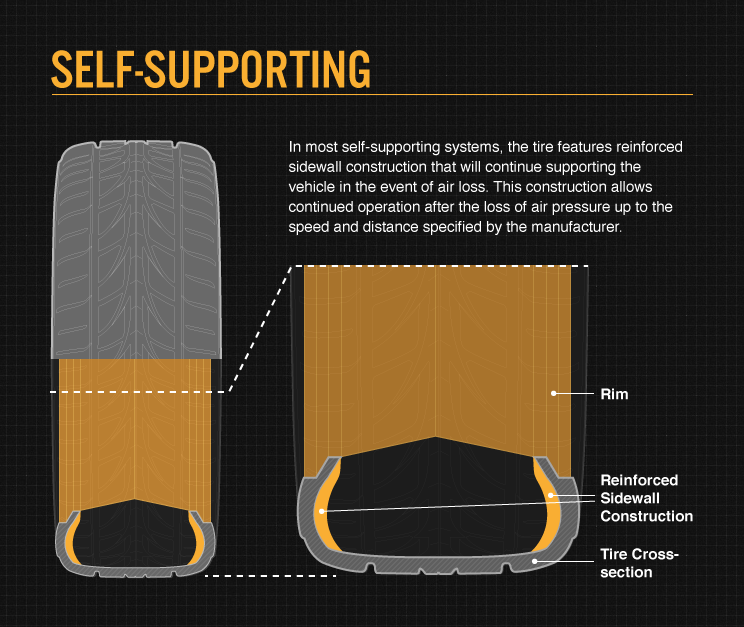
Conclusion
For most drivers facing harsh winter conditions, standard winter tires outperform run-flat tires in terms of traction, comfort, and availability.
However, run-flat tires can provide peace of mind for drivers concerned about punctures or those traveling in areas where immediate tire service isn’t available. The choice ultimately depends on your driving habits, location, and preferences. If you’re navigating snowy mountain roads or icy highways, investing in high-quality standard winter tires is the best way to ensure safe and reliable travel. Run-flat tires equipped with winter-specific tread can offer a practical balance between convenience and performance for urban environments with moderate winters.
-
Automotive Specialist
-
Proofreader
-
Writer




